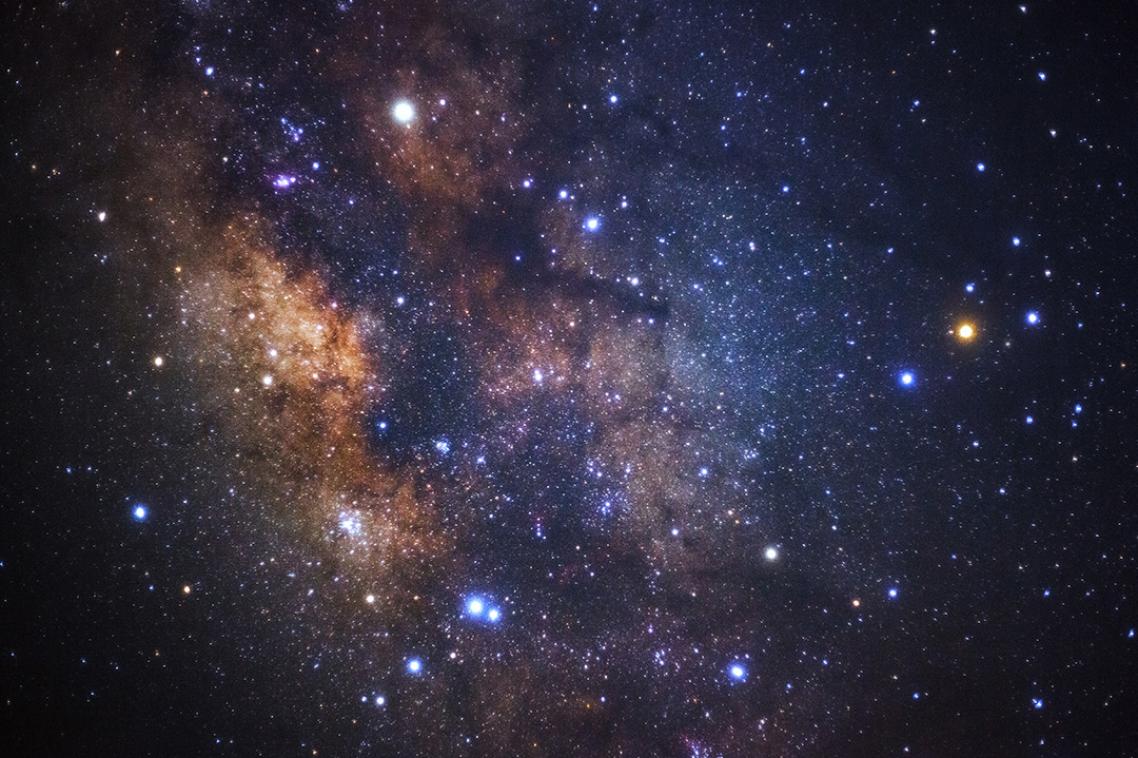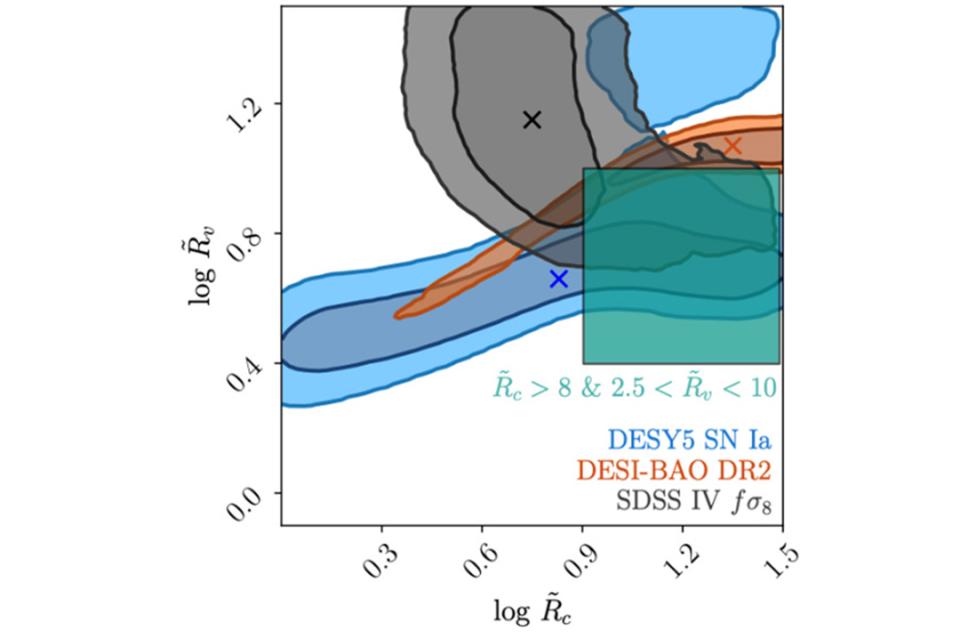Revealing how matter affects the evolution of the universe

(Photo credit: sripfoto/AdobeStock )
A University of Queensland researcher has developed a new mathematical model to explain the evolution of the universe which for the first time includes collapsing regions of matter and expanding voids.
Dr Leonardo Giani and a team at UQ’s School of Mathematics and Physics used data from the Dark Energy Spectroscopic Instrument (DESI) which has measurements of the universe to 11 billion light years.
“This new model can change the way physicists and cosmologists look at the universe,” Dr Giani said.
“The standard model mapping the Universe from the Big Bang until today has matter particles of the same size not interacting with each other.
“But in reality, we can see there are stars, black holes, galaxy clusters and empty regions constantly interacting via forces such as gravity not accounted for by the standard model.
“For 30 years scientists have tried to explain what is happening as this complex universe expands and there have been plenty of exotic attempts at solutions.
“We know voids and collapsing regions exists, but we didn't really know how to compute their impact on the measurements.
“My model gives a recipe to compute it, without the need for new physics.
“This framework uses simple mathematical terms to describe how the emergence of complex structures in the Universe affects our cosmological measurements.”
Dr Giani’s team set out to identify the minimum size a void needs to have in order to impact the measurements (called R_c) as well as the minimum size a cluster must have (called R_v).

This plot represents the model with the x-axis and the y-axis showing the minimum sizes of the collapsing and expanding regions that can impact cosmological measurements.
The orange contour represents the DESI data, made up of measurements of millions of galaxies, while the other coloured contours are independent datasets.
“The standard model of the Universe should see all of these dataset contours overlap in the upper right corner, where the sizes of the expanding and contracting regions would be too large for them to exist,” Dr Giani said.
“They instead overlap in a different region, which indicates that large voids of space might be responsible for anomalous behaviour observed in the data.”
Dr Giani said the new model also addresses the two biggest problems in modern cosmology – Hubble tension and the evidence for dynamical dark energy.
Hubble tension is a discrepancy between two methods of calculating the Universe’s expansion rate while dynamical dark energy is a theory that says energy is not constant but changing or weakening over time.
“Our model has the richness to address both of these,” Dr Giani said.
“If you assume that dark energy is weakening and then you try to infer how fast is the universe expanding from that data you get even a lower measurement of the expansion rate of the universe – solutions to one problem create another.
“In our model, any weaking of energy is just a detailed accounting of what the universe looks like today, it behaves as if it was weakening but may not be weakening.
“In our plot, the green box is a region where the Hubble tension is resolved.
“Essentially when we asked if the complexity of the universe was showing up in the DESI data the result was that it was, and our framework can explain all of the observations.”
The research has been published in Physical Review Letters.
Topics
Related articles

Why mangoes fall before they’re ripe – and how science is helping them hang on

Christmas cheer without the tears: keeping pets safe through the festive season
Media contact
UQ Communications
communications@uq.edu.au
+61 429 056 139
